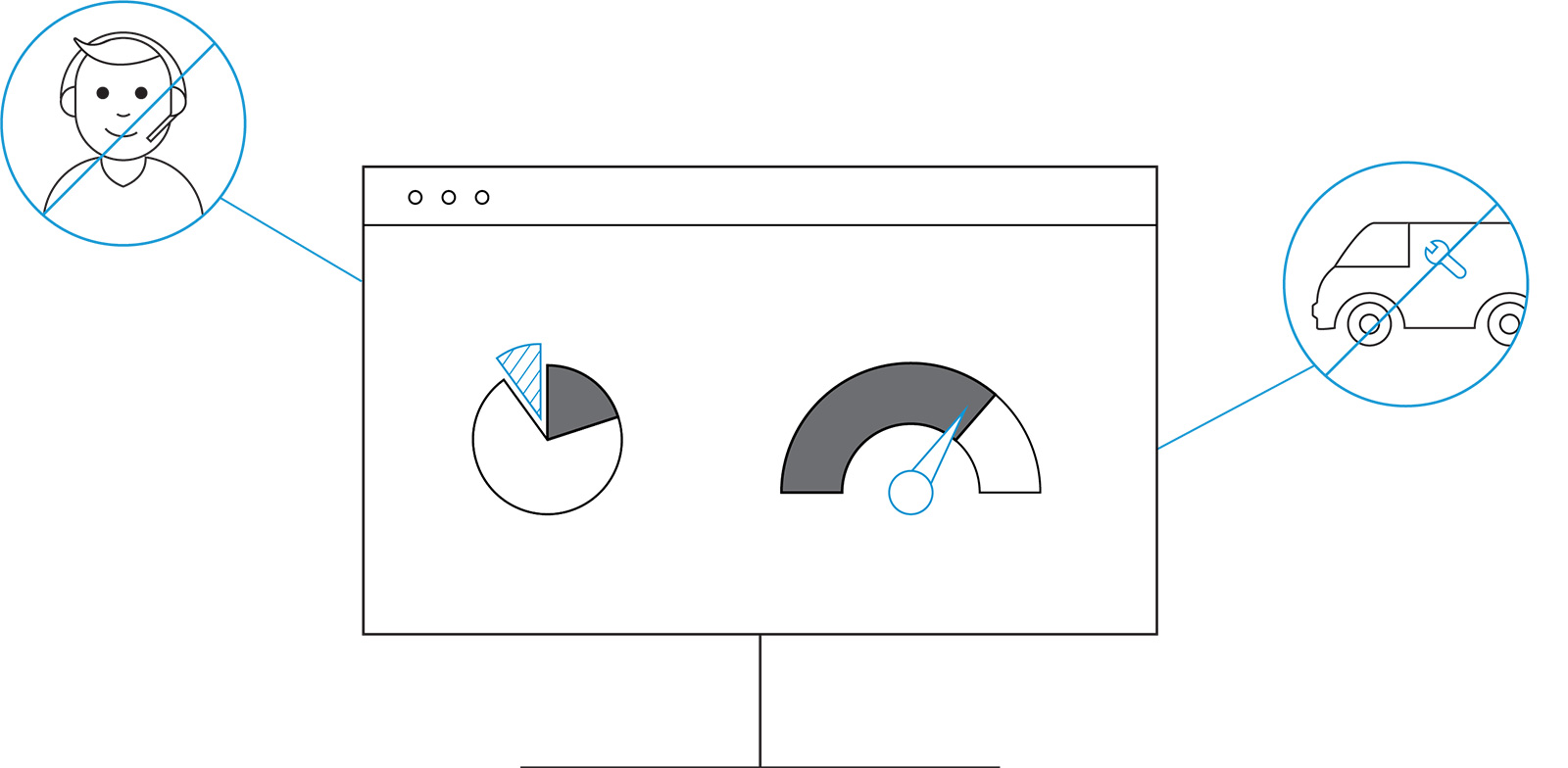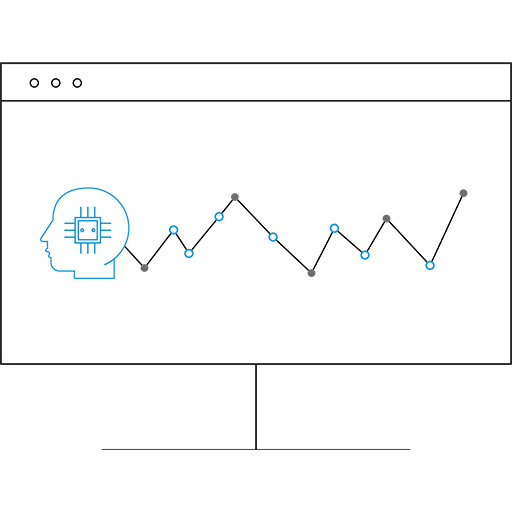This article is part four in a five-part series on the emerging new battle ground for Service Providers; home WiFi. This series examines the critical importance of home WiFi in product strategic planning and how it is transforming our business. Please follow us on LinkedIn to get every article in the series.
Subscriber Wi-Fi is complicated. In parts one and two of this series, we have covered the complexities of home networking and network security. Troubleshooting Wi-Fi issues is far from easy, often requiring subscribers to turn to their service providers for immediate and effective solutions. Service providers are not only responsible for delivering dependable service, but also adapting and addressing common issues that subscribers run into. The solution? Adaptive Wi-Fi with zero touch deployment, powered by artificial intelligence and machine learning.

Wi-Fi Network: Self-Service Troubleshooting
Every subscribers’ needs are different. It has become abundantly clear that Wi-Fi is not a one size fits all service. Subscriber usage habits, home location and size, and owned devices influence the performance of their network. Subscriber’s affinity to DIY-ing their home Wi-Fi experience further complicates the home networking ecosystem. When Wi-Fi performance is negatively impacted, subscribers will often attempt to resolve their Wi-Fi issues themselves before calling for tech support. 37% of broadband households have reported slow Wi-Fi and 19% of broadband households report that their network stops working on a weekly basis. These types of issues often result in a tech support call or truck roll, both of which are expensive endeavors for providers. In fact, over 66% of all calls received by ISP tech support are related to Wi-Fi performance problems.
In the spirit of DIY, service providers can leverage the latest and greatest technology to help subscribers resolve their Wi-Fi performance issues and even resolve behind the scenes issues that the subscriber may not even know about yet. Self-service network tools allow subscribers to resolve common networking issues themselves, reducing the number of costly tech support calls and truck rolls. In addition, subscribers with access to advanced troubleshooting tools are empowered to take an active role in their home networking experience. Optim Managed Assurance Platform utilizes a user-friendly dashboard to guide subscribers through the self-service troubleshooting process. From the dashboard, subscribers can manage the devices connected to their network, review network performance, and customize their Wi-Fi configuration to match their needs.

Wi-Fi Network: Proactive Self-Healing
Self-healing network tools hinge on machine learning, a component of artificial intelligence that allows computers to learn by themselves and perform operations without human intervention. Machine learning uses the data produced by the network and devices on the network, identifies patterns, and applies those patterns to get new outcomes. Self-healing tools can dial in on device specific data sets to help identify irregular patterns. When an irregular pattern is identified, it will automatically be flagged and either automatically resolved or sent to the service provider for investigation. All this behind the scenes work ensures that potential issues are addressed efficiently, often before the subscriber knows there is an issue and sees a negative impact on their network performance.
While machine learning does the leg work for common networking issues, service providers can spend more time with the data gathered from networks. Data from subscriber networks can help service providers understand their subscribers needs and address network wide weak points in their service. These insights help drive informed decision making and enable providers to grow and evolve their services. Subscriber data is especially helpful in identifying potential cord cutters through data usage patterns. When a potential cord cutter is identified, their provider can offer a tailored service package that can match their needs, reducing customer churn and improving customer loyalty. In addition, the data from customers can also inform pricing for certain services, ensuring customers are getting the services they need at a price they are willing to pay. Data-driven decisions can keep service providers relevant and ahead of competitors in the rapidly changing industry.

Comprehensive Solution: Two is Better Than One
Optim Managed Assurance Platform combines the power of self-healing with the convenience of self-service. Both tools feed into Optim’s Device Identification Database, which houses device specific information and recognizes normal and abnormal behaviors of devices on the home network. This database is overseen by AI and machine learning, increasing network visibility.
By deploying both hands-on self-service tools and hands-off self-healing tools create consistent coverage across the network. Networks that are powered by both tools helps service providers prioritize their subscriber experience while significantly reducing operational costs. Consider this: A 20 to 30-minute Wi-Fi related customer support call costs $10 to $30 per call. With Optim’s managed Wi-Fi’s self-service and self-healing tools, service providers can greatly reduce the number of support calls. In the case that a support call is necessary, service technicians are able to fix issues more efficiently by utilizing remote troubleshooting tools and leveraging current and historical data from the subscriber’s network, eliminating the frustration that’s typically associated with tech support calls.
Large scale, next generation solutions often come at a high price to deploy. Optim, however, boasts a zero-touch deployment model. Given that Optim is cloud based, it is designed to streamline service and application rollouts. As a result, updates and process changes that providers aim to deploy across the network take minutes rather than months, allowing service providers to translate data findings into profitable service updates quickly.
Optim was thoughtfully designed to make network management easy for the subscriber and for the service provider. By pairing self-service with self-healing, network management is less daunting to the average subscriber and more user friendly. Optim is even compatible with Alexa and other voice command applications. The subscriber can say “Alexa, optimize my Wi-Fi” when they are noticing slowness, and Optim will engage automatic band steering and other optimization tools to improve network performance. With Optim, service providers can partner with their subscribers to create the ideal networking environment and improve subscriber satisfaction.
In case you missed Part one or Part Two of our series, we have provided the links.
Optim has been deployed to over 5 million homes as the first managed Wi-Fi and service level platform. Service Providers who are interested in Optim’s self-healing and self-service home networking tools can contact an Actiontec representative here.
